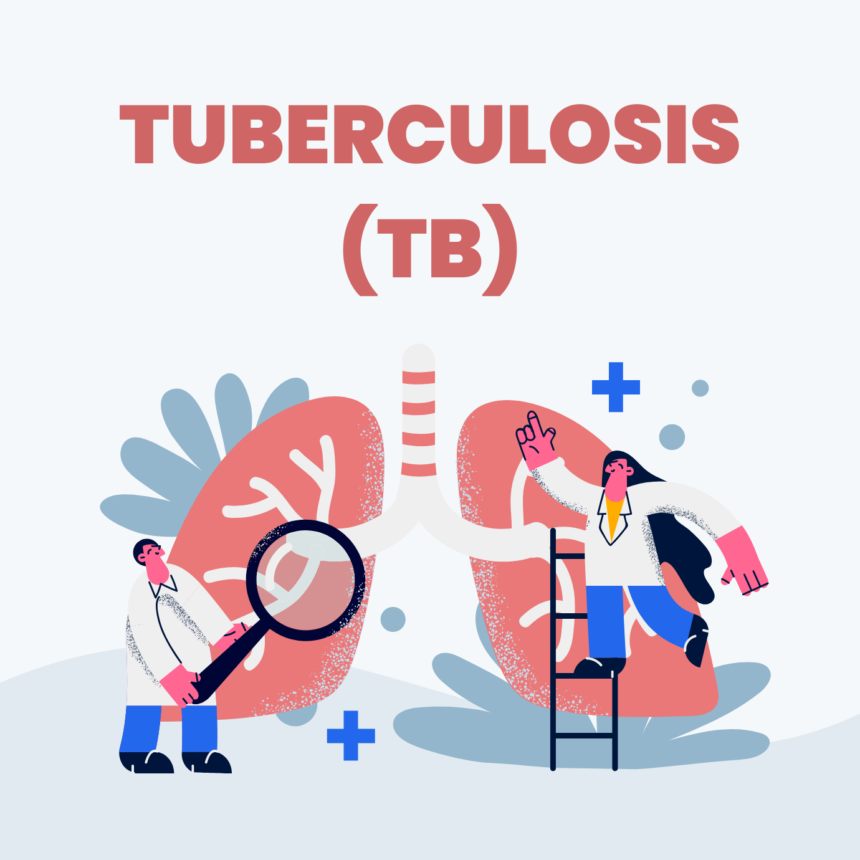This article explores various prevention strategies and vaccination efforts aimed at controlling tuberculosis (TB) and reducing its spread. Tuberculosis remains a significant global health concern, and effective prevention measures are essential to combat the disease.
- Understanding TB Transmission: The article begins by explaining how TB is transmitted from person to person through the air when someone with active TB in their lungs coughs or sneezes. It highlights the importance of understanding transmission to develop effective prevention strategies.
- TB Infection vs. TB Disease: This section clarifies the difference between TB infection and TB disease. It explains that not everyone with TB infection develops the active form of the disease and discusses the significance of early detection and treatment of latent TB infection.
- Vaccination: BCG Vaccine: The article provides an overview of the Bacille Calmette-Guérin (BCG) vaccine, the only currently available TB vaccine. It explains the efficacy of BCG in preventing severe forms of TB in children and discusses its limitations in preventing adult pulmonary TB.
- Targeted Tuberculosis Testing and Treatment: To prevent the progression of TB infection to active disease, this section explores the importance of targeted testing and treatment of individuals with latent TB infection, particularly those at higher risk, such as close contacts of TB patients, healthcare workers, and immunocompromised individuals.
- Contact Tracing: The article discusses the role of contact tracing in TB prevention, where healthcare workers identify and test individuals who have been in close contact with a confirmed TB patient to identify and treat potential cases early.
- TB Infection Control in Healthcare Settings: Addressing the risk of TB transmission in healthcare facilities, this section outlines infection control measures that can be implemented to protect healthcare workers and patients from exposure to TB.
- Community-Based TB Prevention Programs: The article highlights the importance of community-based programs to raise awareness about TB, promote early detection, and ensure access to treatment and care for affected individuals.
- Education and Awareness Campaigns: To combat the stigma associated with TB and improve public knowledge, this section discusses the significance of education and awareness campaigns that emphasize the importance of seeking medical care for TB symptoms and adherence to treatment.
- Public Health Interventions: This section explores broader public health interventions, such as poverty reduction, improving living conditions, and strengthening healthcare systems, as they play a crucial role in preventing TB transmission.
- Research and Development: The article concludes by emphasizing the need for continued research and development efforts to improve TB prevention, diagnostics, and treatment. It discusses ongoing research on new vaccines and novel approaches to TB prevention.
By examining various prevention strategies and vaccination efforts, this article aims to raise awareness about the importance of TB prevention in reducing the global burden of the disease. It advocates for a multi-pronged approach that includes targeted testing, early treatment, infection control, community engagement, and ongoing research to achieve effective TB control and prevention.
